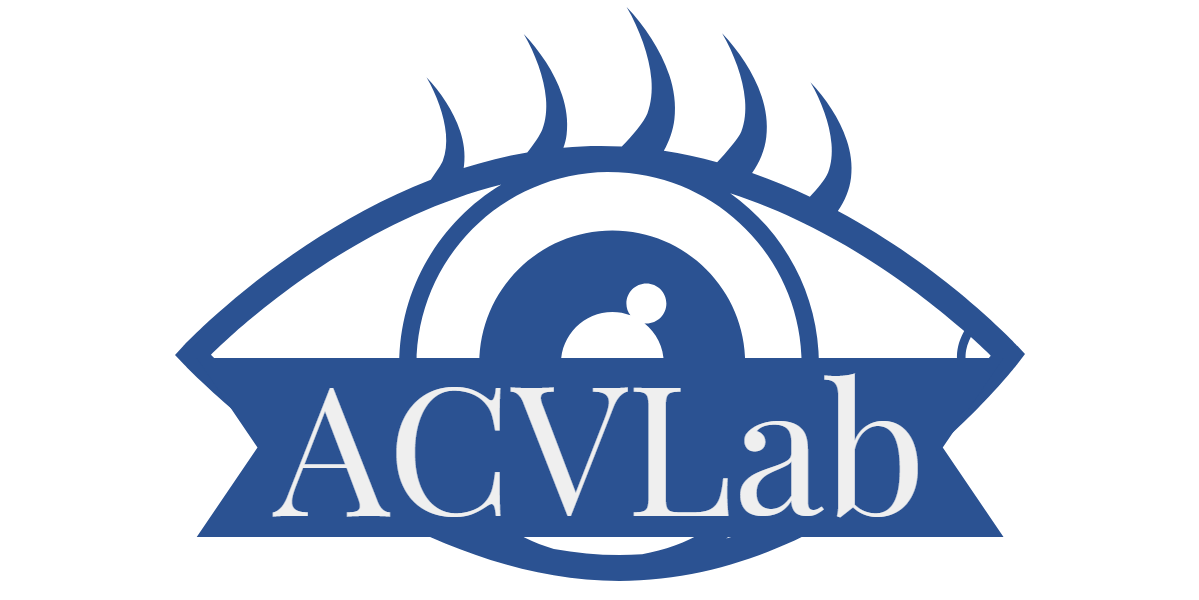本次競賽的目標是需要利用衛星影像,來預測橫跨美國不同地區、時間段、農作物的產量。因為資料的多樣性、時間序列的特質和影像的空間解析度非常低等等原因,導致這個產量不容易預測。這個問題相當有趣,也很實際,很符合ACVLab 的一貫風格,要做真的實用有幫助的研究,勝過於只發表論文XD
同學們接續之前透過無人機影像檢測農作物疾病的經驗,設計出一連串機制,遞迴地來捕捉不同時期農作物的潛在關聯,並且引入作物敘述和基因資料,設計出一個基於多模態特徵的時間預測模型,最終順利在各國好手中脫穎而出! 再次恭喜。
————
Congratulations to ACVLAB members, first-year master’s student Jing-Heng Cheng and second-year master’s student Chia-Ming Lee, for achieving fifth place globally in the MLCAS24 Corn Yield Prediction Using Satellite Data competition! Although it’s “only” fifth place globally, the key point is that this time the main contributor has shifted to the new generation of members, with Jing-Heng taking the lead while Chia-Ming steps into a supporting role. This shows that this group of first-year master’s students, not only in terms of ability but also in attitude and motivation, is just as strong as the second-years!
The goal of this competition was to use satellite imagery to predict crop yields across different regions and time periods in the U.S. Due to the diversity of the data, the time-series nature, and the very low spatial resolution of the images, predicting yield was quite challenging. This problem was both interesting and practical, which aligns perfectly with ACVLAB’s style of conducting truly useful and impactful research, rather than just focusing on publishing papers.
Building on their previous experience with detecting crop diseases using drone imagery, the students designed a series of mechanisms to iteratively capture the potential correlations of crops at different stages. They also incorporated crop descriptions and genetic data to create a time prediction model based on multimodal features, ultimately standing out among competitors from around the world! Congratulations again!


